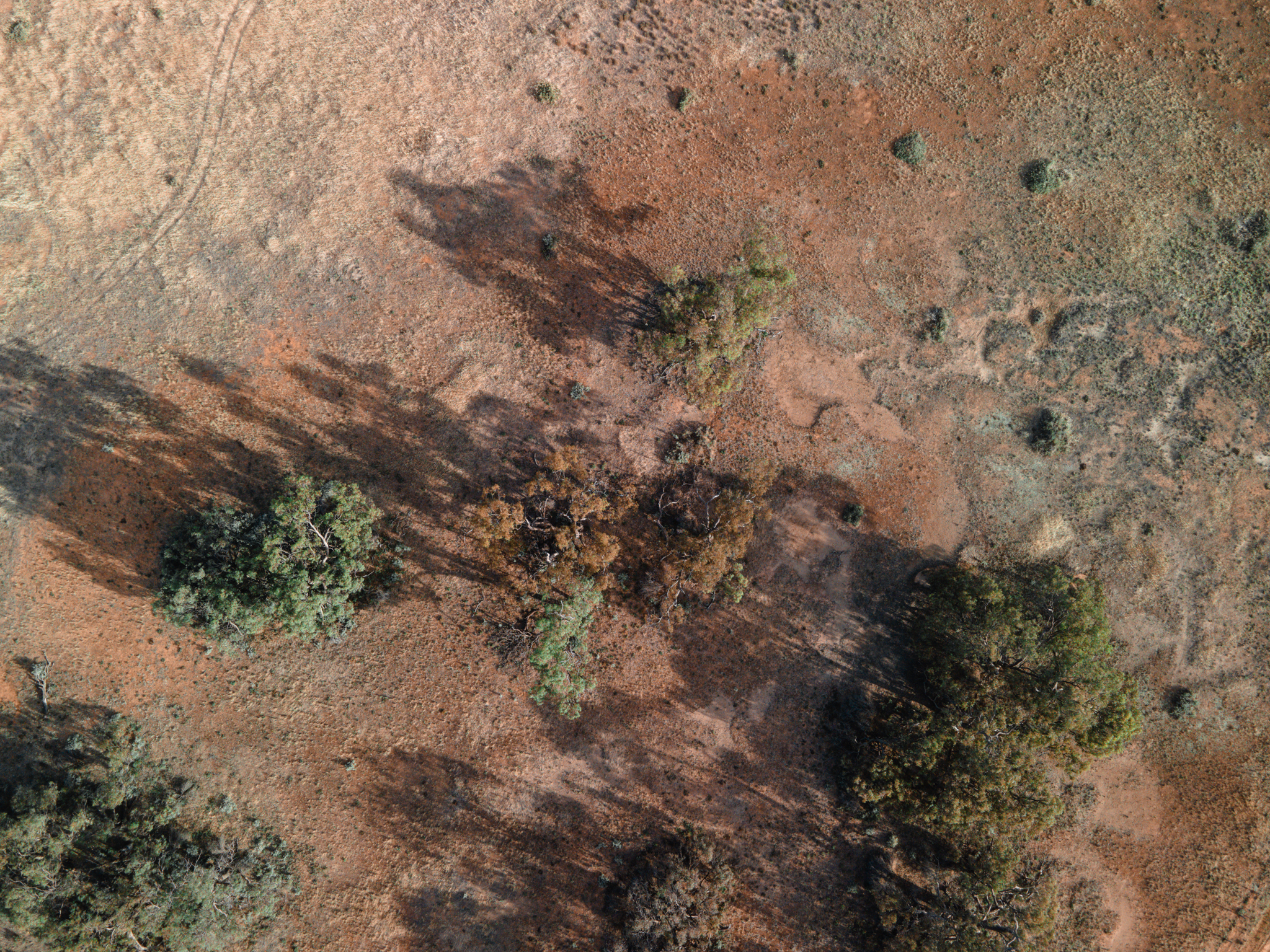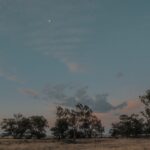Why support this project?
Budgerum is located in the heart of the Victorian Riverina, 250 kilometres north of Melbourne.
This rich grasslands spreads across the vast plains alongside the Avoca River and helps protect the Critically Endangered ‘Natural Grasslands of the Murray Valley Plains’.
Home to over 107 plant species, it includes Chariot Wheels (Maireana cheelii), Bristly Love-grass (Eragrostis setifolia), Long Eryngium (Eryngium paludosum), Veined Peppercress (Lepidium phlebopetalum), Umbrella Wattle (Acacia oswaldii) and Bush Minuria (Minuria cunninghamii) which are all considered threatened.
Budgerum’s native bird diversity includes many of the grassland species such as Little Button-quail, Australasian Pipit, Stubble Quail, Horsfield’s Bushlark, and other larger raptor species such as the Brown Goshawk, Black-shouldered Kite and Wedge-tailed Eagle.The property also boasts suitable habitat for the critically endangered Plains-wanderer (Pedionomus torquatus), however they haven’t officially been confirmed on the property to date.
Vulnerable fauna species include the Fat-tailed Dunnart (Sminthopsis crassicaudata), a small native carnivorous marsupial mouse, which was recorded on the remote cameras on the property as well as supporting the security of habitat for the large and striking Tree Goanna.
For more details on the Budgerum project, visit our project partners at Wilderlands: Budgerum, VIC | Wilderlands.earth
How are the Grasslands Protected?
Natural Grasslands of the Murray Valley Plains in Victoria have been so extensively cleared since colonisation that less than 0.5% of their original extent remains today. Despite all the legislative protection these grasslands and their associated threatened species have, they are still being cleared and cultivated. Once they are lost, they are never able to fully return to their pre-cultivation state. The Budgerum Grassland remained at high risk of being converted to intensive agriculture. It is a relic, a museum piece, containing areas that have not been subjected to clearing or cropping. Permanent protection of this property was the only way to ensure its conservation forever.
The property, owned and managed by Wilderlands’ conservation partner, Cassinia Environmental, is now operating as a dedicated conservation reserve, protected under a Conservation Covenant made under the Victorian Conservation Trust Act 1972 (Vic) and administered by Trust for Nature.
What are BDUs and how are they created and verified?
At the Budgerum site, one Biological Diversity Unit (BDU) equates to one square meter of land permanently protected to maintain and enhance the integrity of its biological diversity.
Budgerum is also a registered credit site on the Victorian Native Vegetation Credit Register (NVCR). Cassinia Environmental, the Budgerum landowner, voluntarily “retires” these statutory compliance units, so they can’t be used as a compliance offset. Wilderlands then geotags each unit and registers the now “voluntary” units on the independently managed Vegetation Link registry – effectively creating the Biological Diversity Units. When you purchase these units, each purchase is linked to a Certificate of Sale issued by Vegetation Link.
Periodic inspections of the property are conducted by Trust for Nature (Victoria), with additional monitoring conducted by Wilderlands Ecologists.
SDGs – The project contributes to the following United Nations Sustainable Development Goals:

























